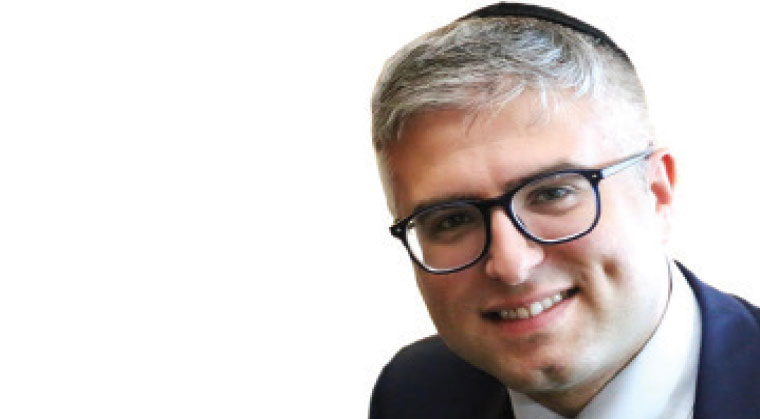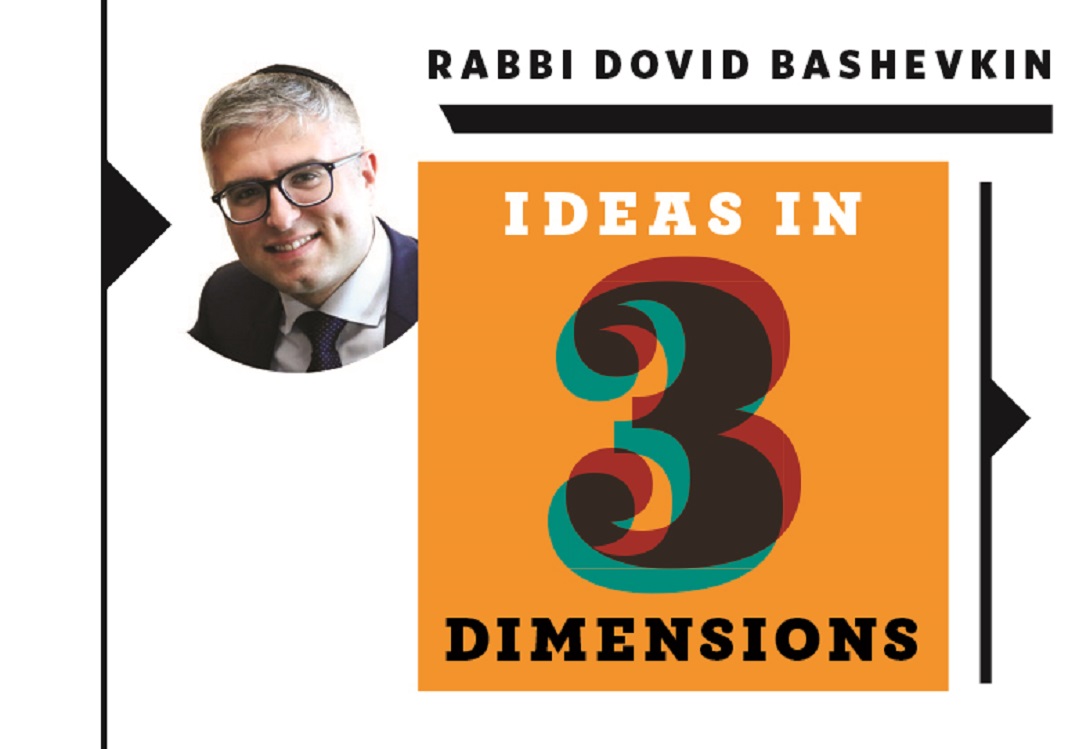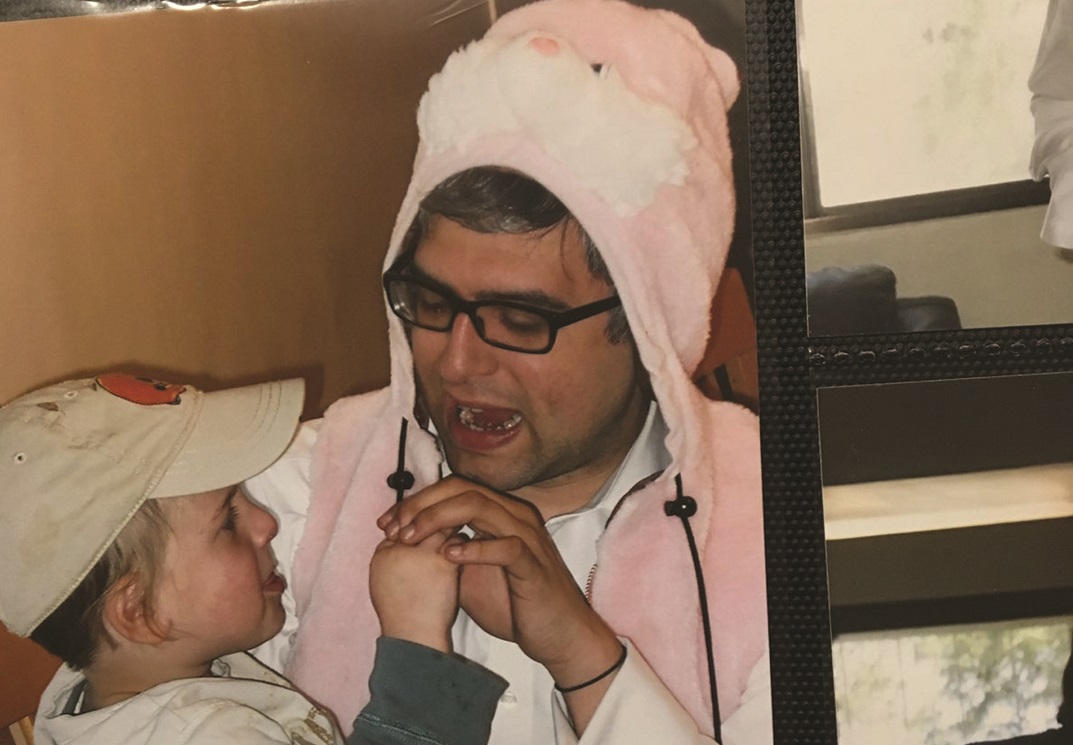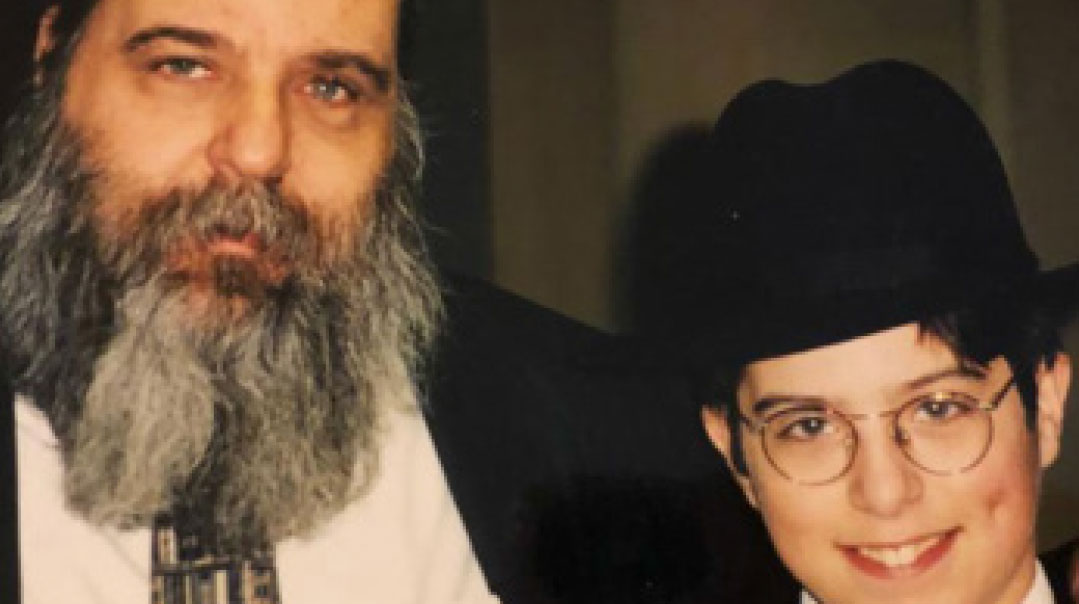Rabbi Kaplan
| January 16, 2019Rabbi Aryeh Kaplan has always been as much as a mystery to me as he has been an influence. Born in 1934, he passed away 48 years later, on the 14th of Shevat. Growing up, I remember hearing people take note of the young age he died, wondering aloud if, like other mystics, he was just too much soul to be contained down here. And to be sure, much of his life and work was characterized by a mysterious and mystic quality. After becoming observant in his early teens, he began his career as a physicist. Eventually he left physics and became a pulpit rabbi instead, hopping around to different small shuls in communities from Iowa to Tennessee. As expertly detailed in Dr. Zev Eleff’s book Living from Convention to Convention: A History of NCSY 1954–1980, an article Rabbi Kaplan wrote on immortality caught the eye of Rabbi Pinchas Stolper, founding national director of NCSY. Rabbi Stolper asked him to join NCSY, the youth movement of the Orthodox Union, to write books. And until he passed away, he didn’t stop writing. Over the course of his life he published over a dozen books, including The Living Torah, If You Were G-d, and translations of many obscure kabbalistic works. In some ways, his work still casts a shadow over my own. Most of my day is spent as director of education for NCSY. My work, however short I may fall, is a continuation of his. And, to this day, his influence still animates my own. Here’s how:
Inspircation
Nowadays, many speakers and educators have developed a new genre of learning known as “edutainment.” Sure, it’s educational, but it needs to be entertaining. Rabbi Kaplan began at NCSY for a similar reason. As mentioned by Dr. Eleff, NCSY was struggling with its educational reputation.
“Another lingering issue for administrators,” he writes, “was how to convince its constituency that NCSY was more than just inspirational; that it was educational too.”
Outreach can’t be built solely upon social gatherings, trips, programs, payments, or kugel. It needs the foundational and transformative power of education to ensure that those efforts have firm footing for a lasting and healthy religious journey. The person Rabbi Stolper found to realize his vision was Rabbi Kaplan. As he later recalled, he was taken by Rabbi Kaplan’s “unusual ability to explain a difficult topic — one usually reserved for advanced scholars, a topic almost untouched previously in English — with such simplicity that it could be understood by any intelligent reader.”
Rabbi Kaplan excavated new entranceways for Jewish foundational learning. He reintroduced the works of Rebbe Nachman of Breslov, he found new meaning in tefillin, Shabbos, and mikveh. He found a way to make education inspiring. In NCSY’s quarterly magazine, I always have a section to discuss educational updates and ideas relevant to NCSY. I asked them to design a new logo to head the page. On it, it says “Inspircation.” Maybe instead of (or along with) “edutainment,” we need to rediscover the bridge that Rabbi Kaplan built. We need to allow our teens to connect their paths of inspiration to their educational journey.
Talking to Teens
Rabbi Kaplan, a physicist, prolific writer, and translator of many of the most difficult works of Kabbalah, geared much of his writing to teenagers. If you look at the state of contemporary Jewish publishing, Jewish teens are by and large ignored, at the very least underserved. We have wonderful and engaging books for young children. Most seforim are for grown-ups. But how many writers can you name who specifically service a teen audience? It’s frightening, given how desperately inquisitive teenagers are, that your answer likely cannot form a mezuman.
For all his brilliance, Rabbi Kaplan’s focus was inspiring teenagers. It was in this transition from responsibility to accountability, from child to adult, that he saw potential for resonant ideas. A young adult, many point out, is called na’ar in the Torah, which derives from the letters ayin-reish, meaning “awake.” Teenagers are awake to causes, ideals, and values that are often replaced by the pragmatism of our adult years. Perhaps it is we who have fallen asleep.
Taking Off Your Shoes
The first time I heard about Rabbi Aryeh Kaplan was when I was in ninth grade. A cynical friend picked up his book If You Were G-d, looked at me and asked, “What do you mean if?”
It was a sarcastic quip, but it got me interested in the provocative title. I eventually began reading some of his more obscure books and essays. He begins one essay with a poem that I remember to this day by Elizabeth Barret Browning, a 19th-century poet: “Earth is crammed with heaven / And every common bush is afire with G-d / But only he who sees takes off his shoes.” At the time, I found it intriguing to find a poem within his writing. But to this day, it may be the one piece of his writing, though not his own words, that I can cite verbatim. I think in many ways the poem captures who Rabbi Kaplan was and what he intended to demonstrate. There is holiness to be found wherever you look. But in order to access lasting spirituality, you need to connect with people and their experiences. You must take off your shoes and feel the common ground upon which people walk. Rabbi Kaplan’s words set fire to many bushes. And his lasting inspiration continues to remind me to remove my shoes.
(Originally featured in Mishpacha, Issue 744)
Oops! We could not locate your form.






